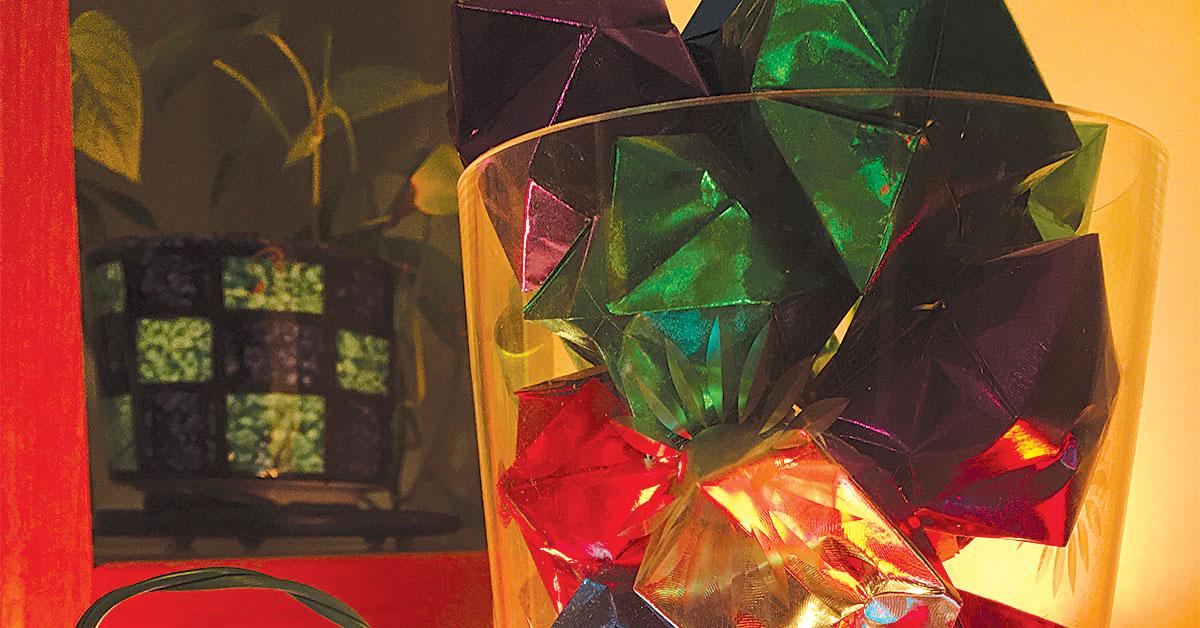SAN FRANCISCO — In Part 1 of my Season-ing column that appeared in last month’s issue of American Drycleaner, I covered research results showing why it is so beneficial to your company and your customers to engage them so they understand all the services you can provide.
If you are not yet a believer, take the “Did you know...” challenge and ask your next 10 customers, “Did you know we clean ________ ?” (Choose a service that isn’t clothing.)
You can confirm what they don’t know that which you may think is obvious to everyone.
Since visual cues are processed so much faster than text or spoken words, use them to aid your staff in encouraging your customers and prospects to try a new service. Back up the visuals with text and narrative.
Informing (or reminding) your target market of one additional service per month you can provide to them helps your sales grow immediately with your most loyal customers and with prospects who didn’t realize they needed you before. To make this effort most effective, integrate all aspects of your promotional “arsenal” starting with the visual cues that best represent the service you want to promote.
(Note: Promotion is not equivalent to discounting. Promotion is publicizing a product, organization, or venture to increase sales or public awareness. To buy a service, it is first necessary to know it is available.)
For your promotional planning, start by choosing services that you want to promote. Most of the promotion done by cleaners is for garments, although garment cleaning is what consumers think of first if they think of dry cleaning at all.
For that reason, the preferred services suggested in this article are the ones that don’t automatically come to mind. Most of you have diversified or you wouldn’t still be operating, so make a list of how you diversified your offerings.
Common services include: bridal, restoration, rugs, blinds, pillows, shoeshines, hats, handbags, luggage, door and car mats, alterations, leather, household linens, toys, sports equipment, boat, RV and plane interior cleaning, and ultrasonic cleaning of various non-textile items, including electronics.
TO MARKET, TO MARKET
Next, review your “best customer” profile (if you haven’t had a profile completed, do it now) and determine what approach fits the profile.
If your best customers are traditionalists, then that calls for different guidance than if you have successfully captured the trendier millennial market with tendencies toward minimalism.
Here’s an example (from thebalancesmb.com):
“The market research industry ... uses a consumer group taxonomy known as ACORN (A Classification of Residential Neighborhoods), grouping people who share a good number of attributes.
The ACORN method of classifying consumers may be more powerful than a more generic classification based only on demographic, economic, or socio-economic factors.
Check back Thursday for the conclusion.
Have a question or comment? E-mail our editor Dave Davis at [email protected].

